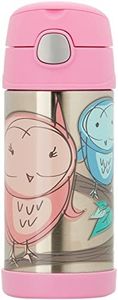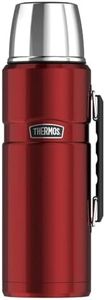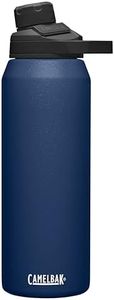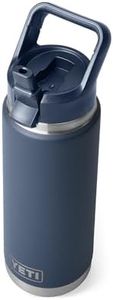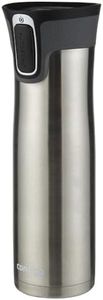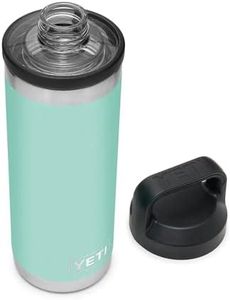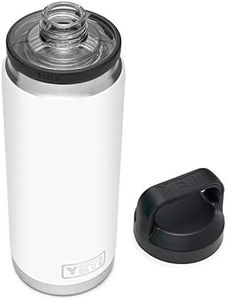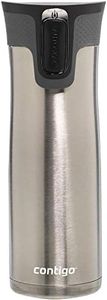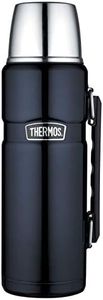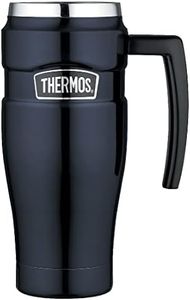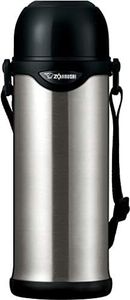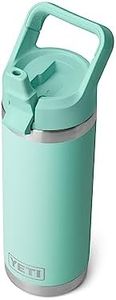We Use CookiesWe use cookies to enhance the security, performance,
functionality and for analytical and promotional activities. By continuing to browse this site you
are agreeing to our privacy policy
10 Best thermoses
From leading brands and best sellers available on the web.Buying Guide for the Best thermoses
Choosing the right thermos makes a big difference in keeping your drinks or food at the perfect temperature when you're on the go. The key is to match the features of the thermos to how and where you plan to use it. For instance, whether you're commuting, hiking, packing school lunches, or just want to keep your coffee hot at your desk, different thermos specs will fit your needs better.Capacity (Volume)Capacity refers to how much liquid or food the thermos can hold. This is typically measured in milliliters (ml) or ounces (oz). Smaller capacities (up to 350ml/12oz) are perfect for single servings or carrying a cup of coffee. Medium sizes (about 500ml/16oz to 700ml/24oz) work well for longer commutes, hikes, or keeping enough for a couple of servings. Large thermoses (over 1 liter/32oz) are great if you're sharing with others or need to store larger quantities of soup or drinks for a day out. Think about how much you need at once and how easy you want it to be to carry—bigger thermoses hold more but are heavier.
Insulation Type and PerformanceInsulation is what keeps the contents hot or cold for extended periods. Most thermoses use either double-wall vacuum insulation or foam insulation. Vacuum insulation is the most effective, usually keeping beverages hot or cold for 8-24 hours, while foam is less efficient and typically used for budget or basic models. When comparing, look for info on how long it keeps items at your desired temperature. If you need all-day performance for outdoor activities, go for a model with high-rated vacuum insulation; for short trips or office use, shorter temperature retention may be fine.
MaterialThe material of the thermos affects durability, weight, and sometimes taste. Stainless steel is common and highly durable, making it ideal for active lifestyles and repeated use, though it can be heavier. Plastic options are lighter, which makes them easy to carry but they may not keep temperatures as well and can absorb flavors or smells. Glass-lined thermoses preserve taste better but are more prone to breaking. Your choice should depend on if you prioritize toughness and longevity (steel), lightness (plastic), or flavor purity (glass).
Leak-proof DesignA leak-proof thermos ensures nothing spills in your bag or on your desk. This feature comes down to the effectiveness of the lid or sealing mechanism, including screw tops, push-button lids, or locking caps. If you plan to carry your thermos in a backpack, car, or purse, a truly leak-proof option is essential to avoid messes. For home or desk use, you might not need such robust protection.
Ease of CleaningThis spec refers to how simple it is to clean the inside and lid of your thermos. Wide-mouth thermoses are easier to clean, refill, and can even accommodate ice cubes or utensils for food. Some models are dishwasher-safe, but many are hand-wash only. If you plan to use your thermos for soups or thick liquids, or if you'll use it daily, prioritize options that allow thorough cleaning to prevent odors or build-up.
Weight and PortabilityWeight is important if you'll be carrying your thermos around all day. Lighter thermoses are easier to manage, especially for hiking, school, or commutes. Heavier models may offer better insulation or larger capacity. If portability is top of mind, choose a thermos that balances your needed capacity with how much weight you’re comfortable carrying.
